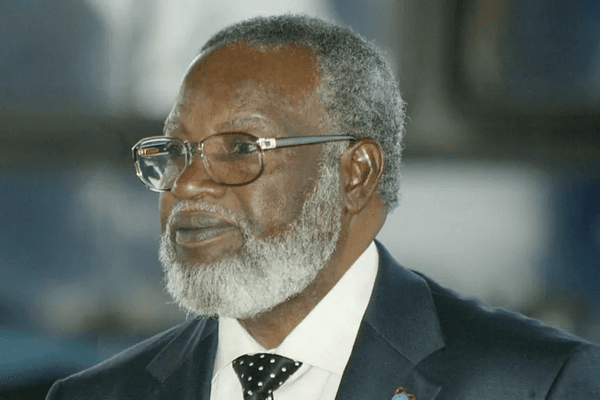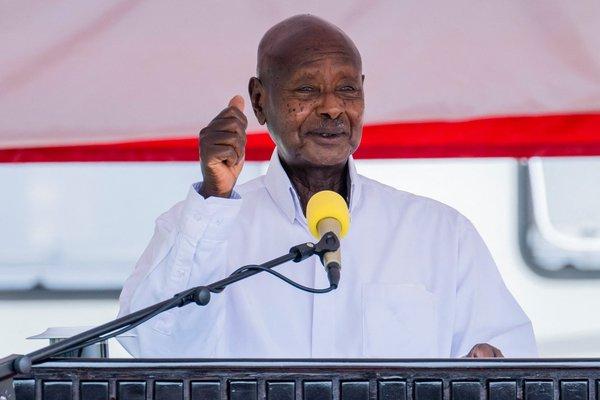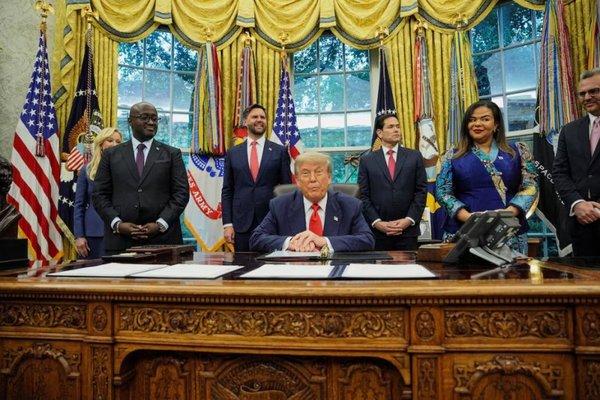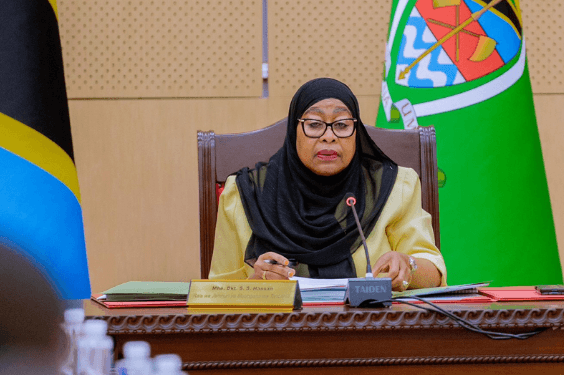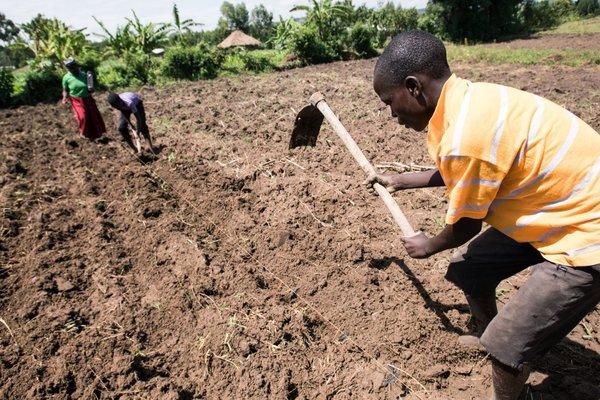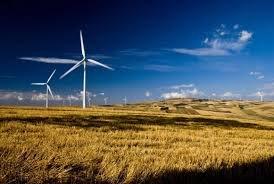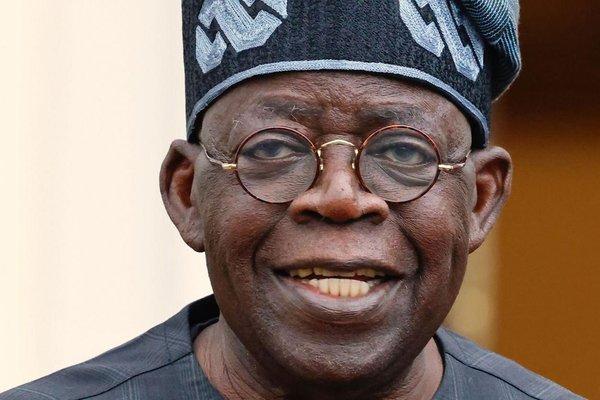Kenya
Kenya is a country in East Africa with coastline on the Indian Ocean. It encompasses savannah, lake lands, the dramatic Great Rift Valley and mountain highlands. It's also home to wildlife like lions, elephants and rhinos. From Nairobi, the capital, safaris visit the Maasai Mara Reserve, known for its annual wildebeest migrations, and Amboseli National Park, offering views of Tanzania's 5,895m Mt. Kilimanjaro.

East Africa

580,367 sq km

GMT+03:00

55.34 million (2023)

Swahili, English

Christianity, Islam

Kenyan Shilling (KES)

William Ruto

Brief
Kenya is a vibrant and diverse country located in East Africa, known for its stunning landscapes, rich wildlife, and dynamic culture. It lies along the equator and is bordered by Ethiopia to the north, Somalia to the east, Tanzania to the south, Uganda to the west, and South Sudan to the northwest. To the southeast, Kenya has a coastline along the Indian Ocean. With a population of over 54 million people, Kenya is one of the most populous countries in Africa and is a hub for trade, tourism, and culture in the region.
Kenya’s history is shaped by a rich mix of indigenous cultures and external influences. The region was home to many ethnic groups long before European colonization. The British colonized Kenya in the late 19th century, and the country became a British protectorate in 1895. The struggle for independence grew throughout the early 20th century, with the Mau Mau Rebellion being a pivotal event in the 1950s. Kenya eventually gained independence from Britain on December 12, 1963, with Jomo Kenyatta becoming the country’s first president.
Kenya’s geography is incredibly diverse. The country features dramatic landscapes, including mountain ranges, savannahs, deserts, and coastal plains. Mount Kenya, the second-highest peak in Africa, is located in the central part of the country and is a UNESCO World Heritage site. Kenya also boasts the Great Rift Valley, which is home to several lakes, including Lake Nakuru and Lake Victoria (the largest lake in Africa).
The climate varies across the country, ranging from temperate and cool in the highlands to tropical on the coastline. The central and western regions receive ample rainfall, while the northern and eastern parts of the country experience arid conditions.
Kenya is a melting pot of diverse ethnic groups, languages, and cultures. The major ethnic groups include the Kikuyu, Luo, Luhya, Maasai, Kalenjin, and many others, each with its own traditions, languages, and customs. Swahili and English are the official languages of Kenya, but Swahili is widely spoken by the majority of the population and is a significant part of the country’s identity.
Kenya is known for its vibrant cultural heritage, seen in its music, dance, art, and festivals. Traditional dances, such as the Maasai's Adumu, and music styles like Benga and taarab, play an important role in Kenyan culture.
Kenya’s economy is one of the largest in Africa, driven by agriculture, services, and manufacturing. Agriculture, particularly the production of tea, coffee, and flowers, plays a significant role in the economy, with many of these exports reaching international markets. Kenya is also a global hub for horticulture, especially in the export of flowers to Europe.
Tourism is another crucial sector for Kenya, attracting visitors to its national parks and game reserves, where they can see the famous "Big Five" animals (lion, elephant, buffalo, leopard, and rhinoceros). Popular destinations include the Maasai Mara, Amboseli National Park, and Tsavo National Park. The country’s beautiful beaches along the Indian Ocean, like Diani and Lamu, also draw significant numbers of tourists.
Despite the economic growth, Kenya faces challenges such as poverty, inequality, and unemployment, particularly in rural areas. The government has been working on infrastructure development and improving access to healthcare and education to address these issues.
Kenya is a democratic republic with a multi-party system of government. The President is both the head of state and government, and is elected every five years. The country has experienced political stability since the 1990s, but has also faced periods of tension and conflict, particularly after contested elections. In 2007-2008, political violence following disputed presidential elections led to significant loss of life and displacement. Since then, Kenya has made strides toward reconciliation and strengthening its political institutions, especially through the new constitution adopted in 2010, which created a devolved system of government to give more power to local regions.
Kenya is a country of great contrasts, rich in cultural diversity, stunning natural beauty, and economic potential. While it faces challenges related to poverty and development, its resilient people and the country’s natural resources provide hope for continued progress. With its deep cultural heritage and vibrant tourist attractions, Kenya remains a key player in East Africa and a popular destination for both visitors and investors.




National Anthem
Cultural Life
Cultural Milieu
Kenya boasts a rich and diverse cultural milieu, characterized by numerous ethnic groups, each with its own unique traditions, languages, and customs. This diversity is reflected in the country's art, music, dance, cuisine, and even its architectural styles. While embracing modernity, many Kenyans continue to practice traditional values, emphasizing family, community, and respect for elders. Kenya is home to over 40 different ethnic groups, including the Kikuyu, Luo, Luhya, Kalenjin, Maasai, and Swahili. Each group maintains its distinct cultural identity, contributing to the overall cultural richness of the nation. Traditional music and dance are integral to Kenyan culture, with each ethnic group having its unique styles and performances during ceremonies and celebrations. Kenyan art and crafts are diverse, showcasing the artistic talents of various communities and their cultural heritage.
Daily Life and Social Customs
Kenyan daily life is a blend of modern and traditional practices, with strong emphasis on community, respect for elders, and vibrant social customs. A significant portion of Kenyans rely on agriculture for their livelihood.
Kenya boasts a rich and diverse culture stemming from its numerous ethnic groups, each with unique traditions, languages, and customs. While there isn't one single dominant Kenyan culture, shared practices like the concept of "Harambee" (community-based cooperation) and respect for elders are prevalent. Traditional values include humility, concern for others, and maintaining strong kinship ties.
Kenya does not have a single, uniform dress code, but generally, a conservative approach is advisable, especially in rural areas and religious sites. Modest clothing that covers the shoulders, knees, and chest is recommended, particularly in Muslim-majority areas like Mombasa and Lamu. Casual wear like t-shirts, jeans, and casual dresses are appropriate for everyday situations, while smart casual attire (collared shirts and chinos for men, stylish tops with skirts or trousers for women) is suitable for dining out and nightlife.
Traditional ceremonies and rituals, such as marriage introductions, weddings, and other familial gatherings, mark important events in the agricultural year and life cycle.
Greetings are a crucial part of social interaction, often involving handshakes and respectful inquiries about well-being.A firm handshake is a common greeting, and with close friends, handshakes may be longer or even involve holding hands. Respectful greetings like "Jambo" (Hello) or "Habari" (How are you?) are common, especially when addressing elders, who are shown deference through titles like "Mzee" or "Mama".
Hospitality is highly valued, and visitors are often offered food or tea.
If invited to someone's home, it's customary to bring a small gift like fruit or pastries. While cities are more liberal, modest dressing is recommended, especially in rural areas or coastal towns.
Elders are highly respected, and it is customary to greet them first and offer them respectful titles. It is also considered polite to stand when an elder enters the room. Kenyans are known for their warm hospitality.
The right hand or both hands are used to pass items. Using only the left hand is considered impolite.
Bargaining is a common practice, especially in markets, and is considered part of the cultural experience.
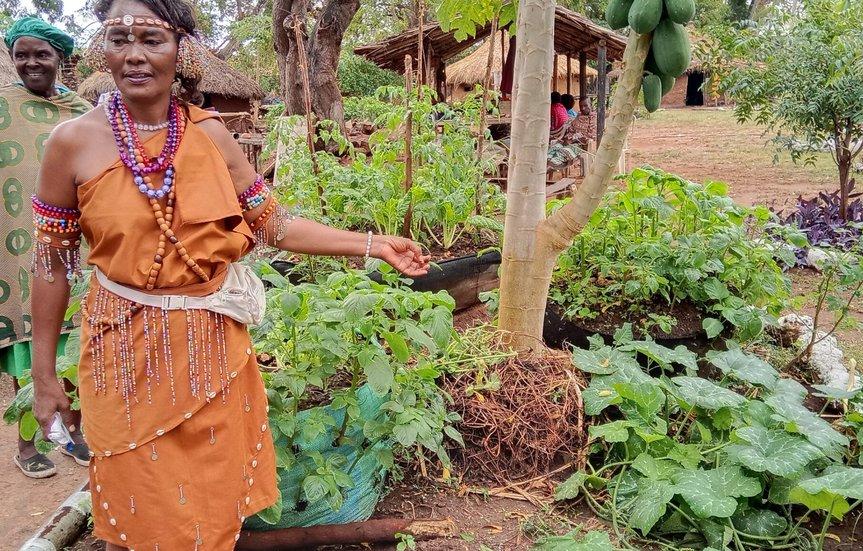



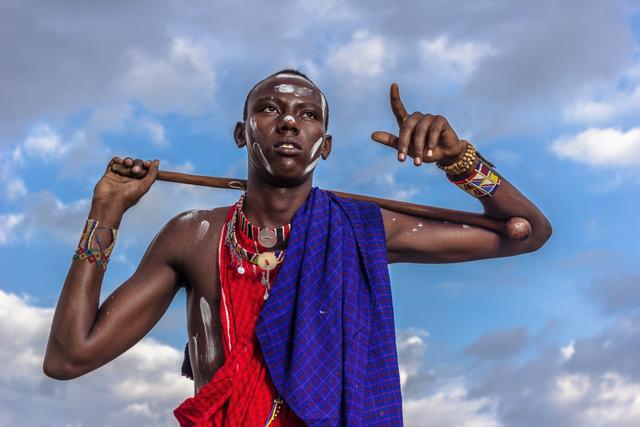
Cuisine
Kenyan cuisine is a vibrant mix of flavors, primarily featuring dishes like ugali, nyama choma, and sukuma wiki. Ugali, a maize-based staple, is often served with stews, and nyama choma is grilled meat, typically goat or beef. Sukuma wiki, meaning "to stretch the week," is a dish of collard greens, onions, and tomatoes. Chapati is a popular and integral part of Kenyan cuisine. It's a flatbread that is widely enjoyed as a staple food, often served with various dishes. While its origins trace back to the Indian subcontinent, it has been adopted and adapted into Kenyan culinary traditions.


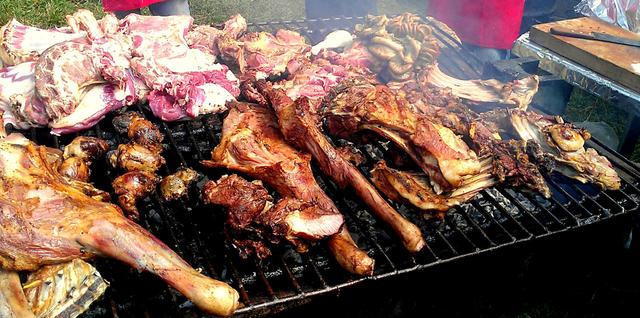

Music
Kenyan music is a vibrant blend of traditional rhythms and modern influences, spanning genres such as benga, gospel, hip hop, Afrobeat, reggae, and pop. Traditional music features instruments like drums, flutes, and string instruments, with each ethnic group contributing unique styles to the musical landscape. Benga, which originated in the Nyanza region, is particularly popular, known for its fast-paced guitar rhythms. Gospel music has a strong presence, blending African rhythms with Christian themes. Contemporary genres like hip hop and Afrobeat have seen a rise in urban areas, with artists like Octopizzo and Sauti Soul blending local sounds with global styles. Overall, Kenyan music reflects the country's diverse cultural heritage and its evolving relationship with global music trends. Gospel music in Kenya has expanded beyond the church, with many artists gaining mainstream success. The genre is especially popular among young people, and its reach extends to both urban and rural areas. Kenyan gospel artists like Wapendwa Muziki, Size 8, Guardian Angel, Ringtone, and Willie Paul are household names, often incorporating Swahili and English in their songs to appeal to a wide audience. The gospel industry also includes choirs, with church choirs often performing during religious services or special events, contributing to the genre's vibrancy and widespread appeal.
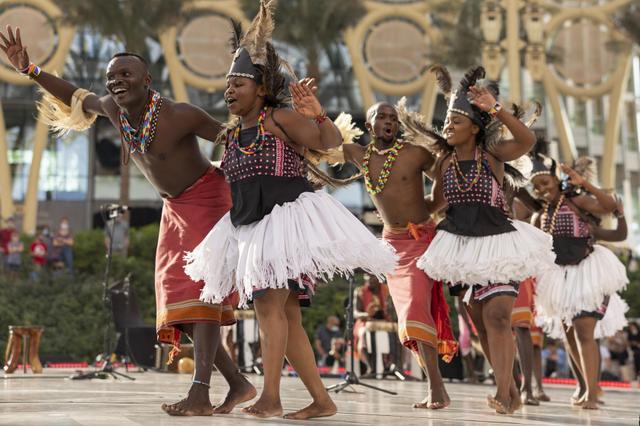
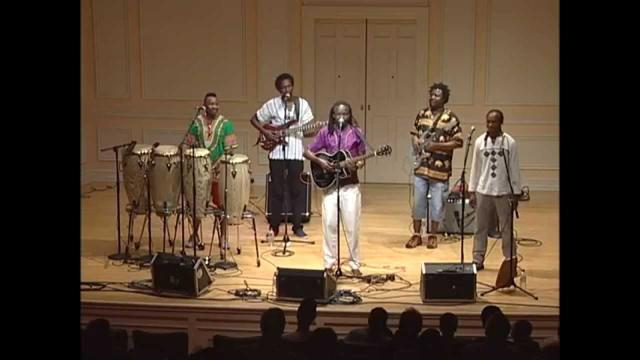


Gospel songs
Sauti Soul
Afrobeat
The arts
Kenya’s arts are a dynamic fusion of traditional and contemporary expressions, reflecting the country’s rich cultural heritage. Visual arts like painting, sculpture, and wood carving showcase vibrant colors and local traditions, while beadwork and jewelry play significant roles in community identity. Performing arts, including dance, music, and theater, are deeply rooted in cultural rituals, with traditional dances and rhythms coexisting with modern genres like hip-hop and Afrobeat. Kenyan literature, both oral and written, addresses themes of identity, colonialism, and post-colonial struggles, with writers like Ngũgĩ wa Thiong'o gaining international acclaim. Architecture blends traditional designs with modern structures, while Kenyan cinema and crafts, such as basketry and pottery, continue to evolve and capture both local and global audiences. Overall, the arts in Kenya are a powerful means of storytelling and cultural expression, embracing both the past and present.
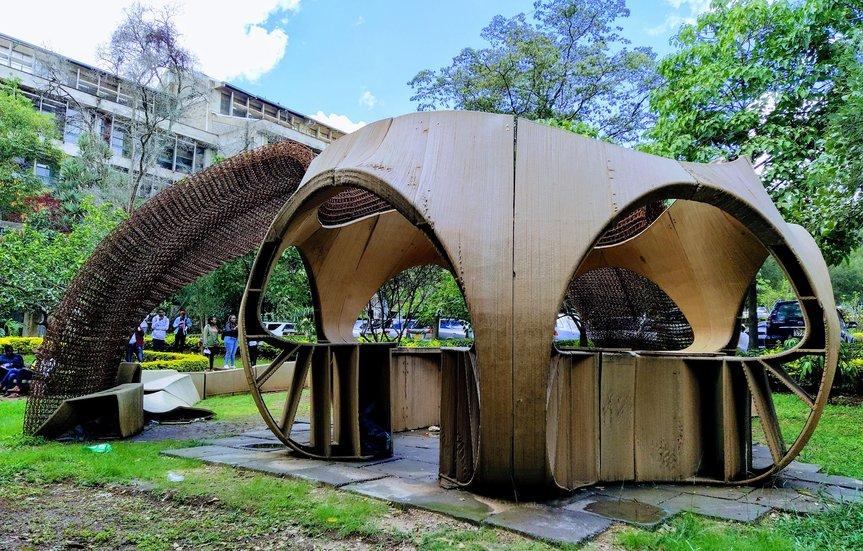
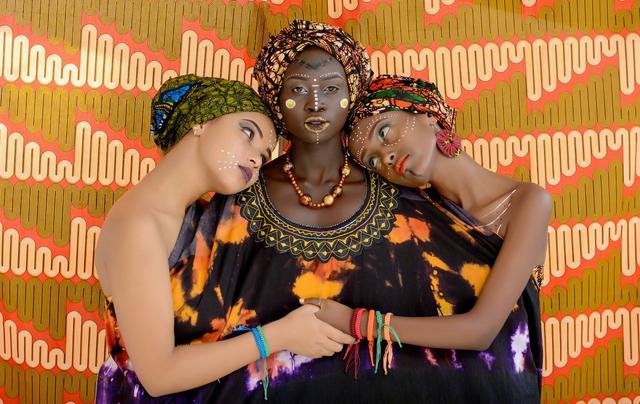



People
Ethnic groups
While no ethnic group constitutes a majority of Kenya's citizens, the largest ethnic group, the Kikuyu, makes up only 20% of the nation's total population. The Luo, Luhya, Kamba and Kalenjin account for 70%. The Luhya, also known as Abaluhyia or Luhyia, are the second largest ethnic group in Kenya, with a population of over 6.8 million. They are a Bantu people primarily located in western Kenya and parts of Uganda. The Luhya are comprised of 20 (or 21, including the Suba) culturally and linguistically united clans. The Kamba, also known as Akamba, are a Bantu ethnic group primarily located in the eastern region of Kenya, specifically in Ukambani, which encompasses Machakos, Makueni, and Kitui counties. The Kalenjin are a group of closely related ethnic groups primarily found in Kenya, with smaller populations in Uganda and Tanzania. They speak related languages that belong to the Southern Nilotic branch of the Nilo-Saharan language family. The term "Kalenjin" as a collective name for these groups was adopted in the 1940s, previously they were known as "Nandi-Speaking Peoples" or "Southern Nilo-Hamites.


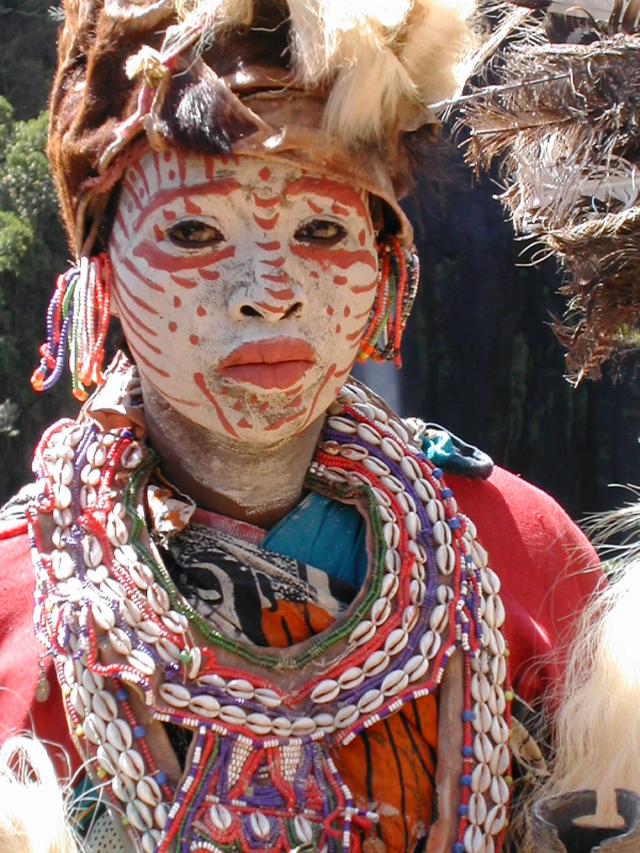

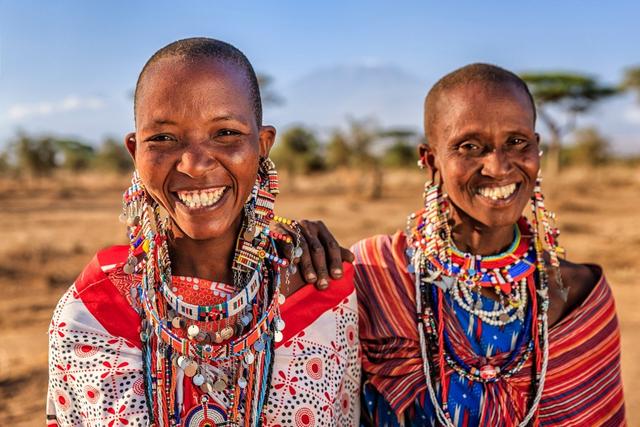
Religion
Christianity is the dominant religion in Kenya, adhered to by an estimated 85.5% of the total population. Islam is the second largest religion in Kenya, practiced by 10.9 percent of Kenyans. Other faiths practiced in Kenya are Baháʼí, Buddhism, Hinduism and traditional religions. In Kenya, the Baháʼí Faith, Buddhism, and Hinduism are all practiced, but they are not similar to Islam in terms of their core beliefs, practices, or historical development. While all three faiths are present and growing in Kenya, they represent distinct religious traditions with their own unique characteristics. While all these faiths are present in Kenya, they represent distinct religious traditions with their own unique histories, beliefs, and practices. The Baháʼí Faith is distinct from Islam, and both Buddhism and Hinduism have their own separate origins and core tenets.
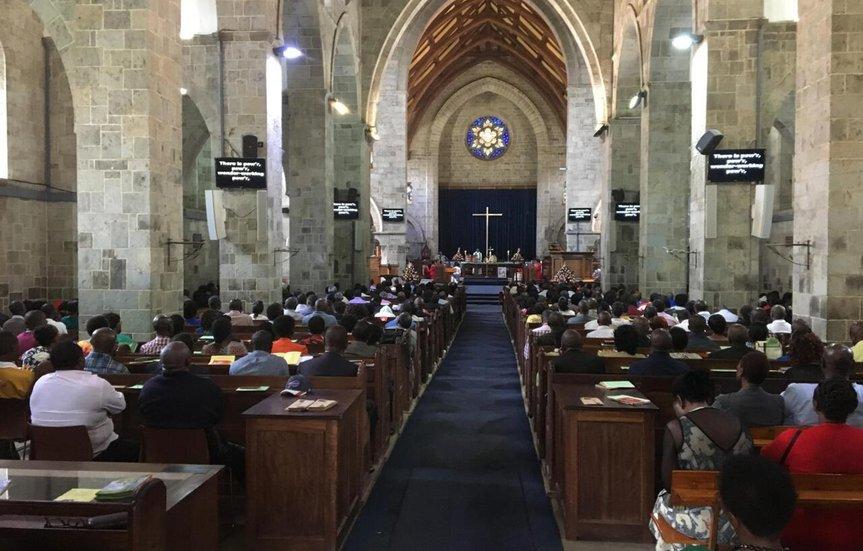
Settlement patterns
Kenya's settlement patterns are influenced by geography, culture, and climate. Urban areas like Nairobi, Mombasa, and Kisumu serve as economic hubs, attracting people from rural regions. Rural settlements are primarily agricultural, with communities in regions like the Central Highlands, Rift Valley, and Western Kenya practicing smallholder farming. Semi-urban areas around major cities such as Kiambu and Machakos are growing due to urban sprawl, while nomadic and pastoral communities, like the Maasai and Samburu, live in arid regions of Northeastern and Coastal Kenya. Coastal settlements, notably in Mombasa and Lamu, blend African and Arab cultures, with fishing and tourism playing key economic roles. The distribution of these settlements reflects the country's diverse ethnic groups and environmental conditions.
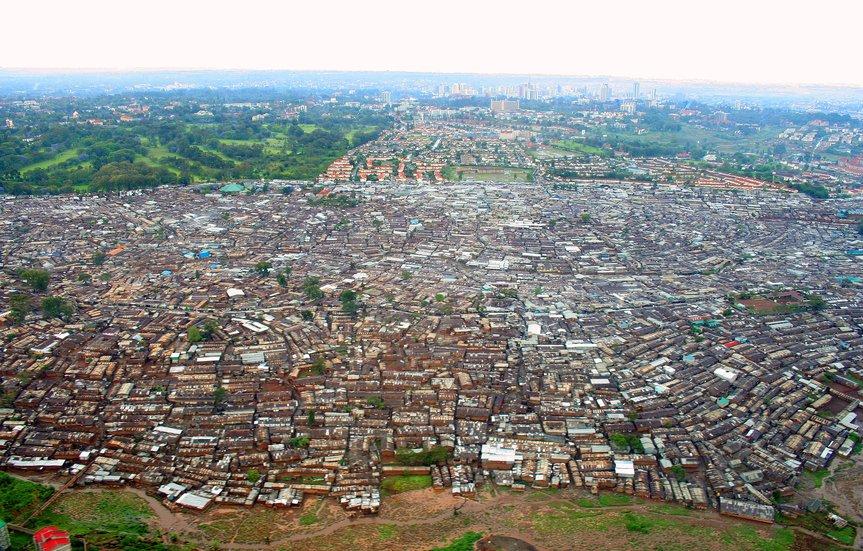
In Kenya, settlement patterns are influenced by a variety of geographic, economic, and cultural factors. The highland regions, such as the Central Highlands and parts of the Rift Valley, host densely populated areas, where the land is used for farming. Many rural settlements are centered around agriculture, with homes often clustered together on hilly terrain. The main subsistence crops grown include maize, beans, potatoes, and vegetables, while tea and coffee are the main cash crops in these areas. In addition to crop farming, livestock rearing, particularly cattle, goats, and sheep, is common, particularly among pastoralist communities in arid areas like the northern parts of the country. Some pastoralist groups, such as the Maasai and Samburu, practice transhumance, moving with their herds between different elevations to access better grazing areas during different seasons. The traditional homesteads (known as "enkangs" for the Maasai or "enkajes" for the Samburu) are often circular and made from mud, thatch, or wood.
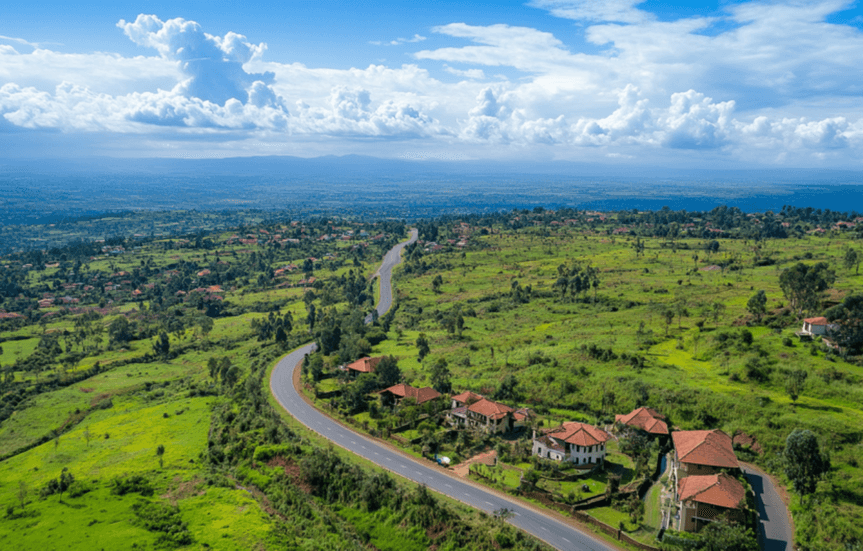
Urban settlement
Urban settlement in Kenya has been rapidly growing, with major cities like Nairobi, Mombasa, Kisumu, and Nakuru becoming increasingly populous. Nairobi, the capital, is the largest and a major economic hub, with a diverse population and a mix of modern infrastructure and informal settlements. Mombasa, located along the coast, is Kenya’s second-largest city and a key port, while Kisumu, on the shores of Lake Victoria, has developed as a commercial and agricultural center. These cities are characterized by a blend of formal and informal housing, with a significant number of people living in sprawling informal settlements such as Kibera and Mathare in Nairobi, where access to basic services like clean water, sanitation, and electricity can be limited. As Kenya continues to urbanize, these cities face challenges such as rapid population growth, inadequate infrastructure, and high unemployment rates, but they also present opportunities for business, education, and cultural exchange. Urban areas in Kenya are often marked by a contrast between affluent neighborhoods and sprawling slums, reflecting the country's ongoing social and economic inequalities.




Demographic trends
Kenya's demographic trends reflect a youthful and rapidly growing population. As of 2023, Kenya has an estimated population of over 55 million people, with a high growth rate due to a large proportion of young people. The median age in Kenya is about 20 years, and over 40% of the population is under 15 years old. This youthful demographic places pressure on the country’s education, healthcare, and employment sectors, while also presenting opportunities for economic growth through a "youth bulge."
Rural-urban migration is a significant trend, as more people move to urban centers like Nairobi, Mombasa, and Kisumu in search of better employment and living conditions. However, this also leads to overcrowding in urban areas, especially in informal settlements. Kenya’s population is diverse, with ethnic groups such as Kikuyu, Luhya, Luo, Kalenjin, and Maasai, among others. This diversity has led to both cultural richness and challenges in terms of social integration and political representation.
In terms of life expectancy, it has been steadily increasing due to improvements in healthcare, though challenges remain, such as high maternal and child mortality rates, particularly in rural areas. Kenya is also experiencing changes in fertility rates, with the total fertility rate (TFR) declining over the years, partly due to increased family planning awareness and urbanization. However, Kenya still has one of the highest fertility rates in East Africa, which contributes to its rapid population growth.
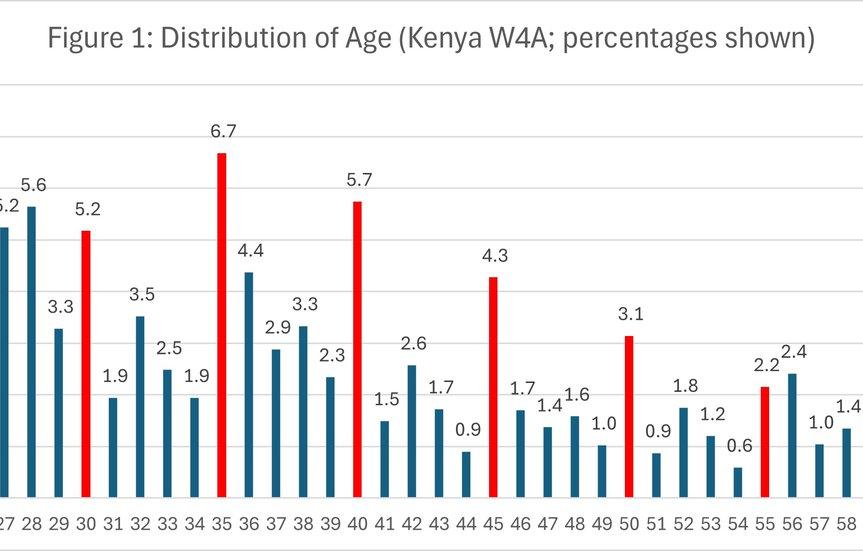
Touristic Cities
Nairobi City
Nairobi is Kenya’s capital city. In addition to its urban core, the city has Nairobi National Park, a large game reserve known for breeding endangered black rhinos and home to giraffes, zebras and lions. Next to it is a well-regarded elephant orphanage operated by the David Sheldrick Wildlife Trust. Nairobi is also often used as a jumping-off point for safari trips elsewhere in Kenya.
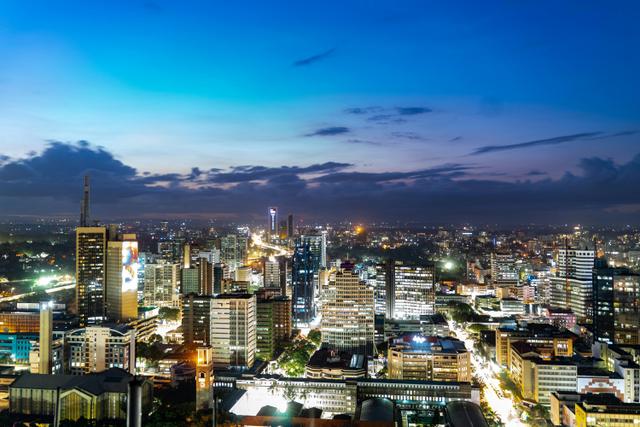


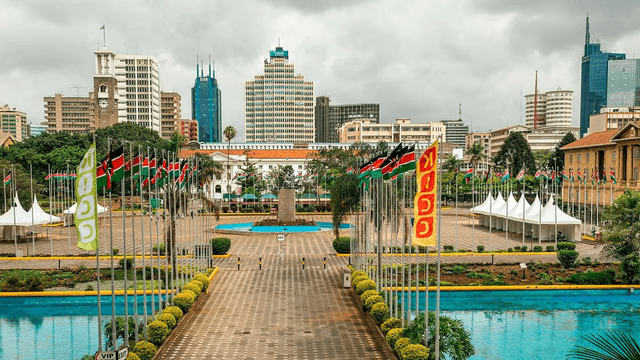
Mombasa
Mombasa is a coastal city in southeastern Kenya, located on the Indian Ocean. It's the country's second-largest city and a major port, serving as a vital economic hub and a popular tourist destination. Known as the "white and blue city", Mombasa boasts a rich history, blending Swahili, Arab, Indian, and colonial European influences.


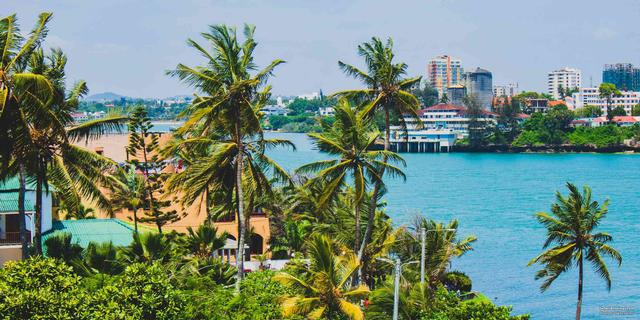

Kisumu
Kisumu is a Kenyan port city on Lake Victoria. It’s known for lakeside viewpoints at Dunga Hill Camp and Hippo Point. The Kisumu Impala Sanctuary shelters herds of impalas and zebras. Its animal orphanage is home to wildlife like cheetahs and baboons. The city’s Kisumu Museum displays artifacts related to the people of the Nyanza Province. Southwest, Ruma National Park has tall cliffs, roan antelope and birdlife.

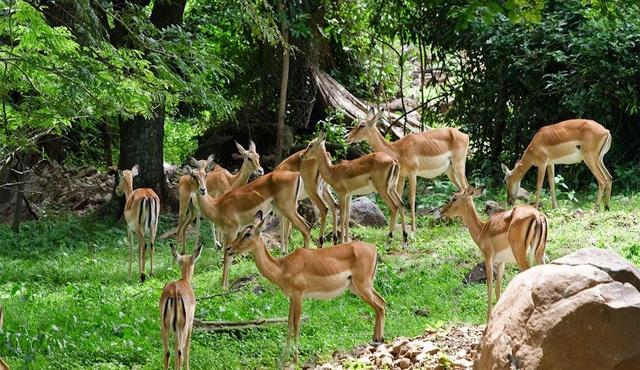
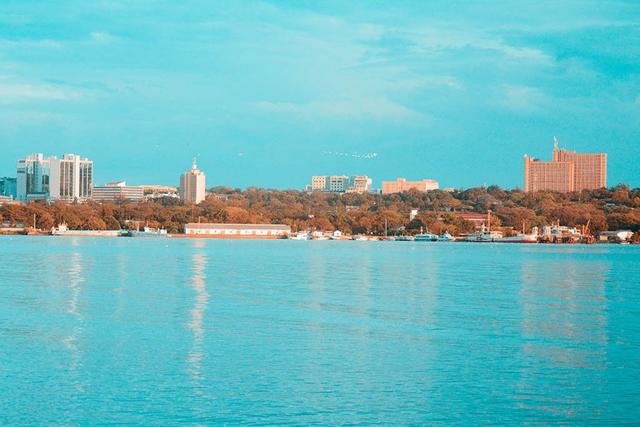

Accomodation
Guest houses
Guest houses in Kenya offer a comfortable, often more personalized alternative to hotels, catering to a wide range of travelers from tourists to business visitors. These establishments are typically smaller than hotels and are often family-run, providing a more intimate and homely atmosphere. They are found in both urban and rural areas, with many located in tourist hotspots such as Nairobi, Mombasa, Kisumu, and areas near national parks and game reserves. Many guest houses feature cozy rooms, private bathrooms, and include home-cooked meals, which can provide an authentic Kenyan experience. Some popular areas for guest houses include the coastal regions like Diani, the Rift Valley, and the central highlands. Additionally, many guest houses offer a range of services like free Wi-Fi, airport transfers, and tour arrangements, making them ideal for travelers seeking both comfort and convenience. They can range from basic, budget-friendly options to more luxurious stays.

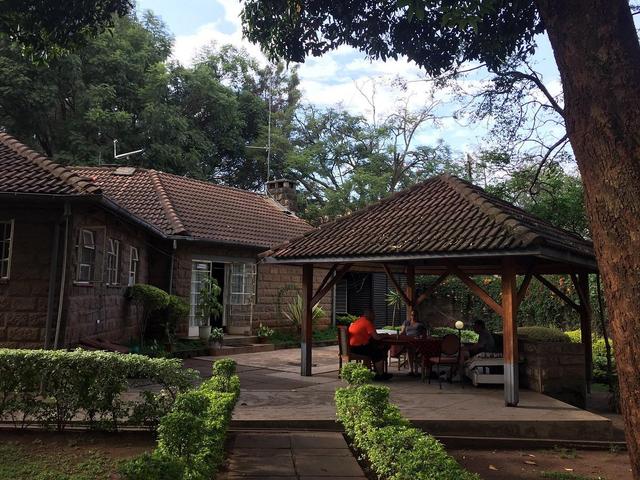


Hotels and resorts
Hotels and resorts in Kenya cater to a wide spectrum of travelers, offering diverse experiences from luxurious beachfront escapes to safari lodges and city stays. The country’s tourism infrastructure is robust, with a variety of high-end hotels and resorts in key locations like Nairobi, Mombasa, and in the vicinity of national parks and game reserves. In Kenya, whether you're looking for a beachside retreat, a luxury safari experience, or a city getaway, there’s a hotel or resort that can meet your needs, offering world-class service, local culture, and breathtaking landscapes.



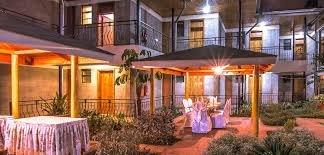
Riads
In Kenya, riads are relatively rare compared to other types of accommodation like hotels or guest houses, but they do exist in specific areas, often providing a unique blend of traditional North African and Swahili coastal design. Riads are typically characterized by their interior courtyards, intricate tilework, and a serene atmosphere that reflects the influence of Arab, Swahili, and Indian Ocean coastal cultures. They are most commonly found in places with rich cultural and historical significance, such as Lamu, Mombasa, and Malindi, which have strong Arabic and Swahili architectural traditions.
Campings
Camping in Kenya is a popular way to experience the country's stunning natural landscapes, from its savannas and forests to its beaches and mountains. Whether you're a seasoned adventurer or a first-time camper, Kenya offers a range of camping experiences that cater to different tastes and budgets.



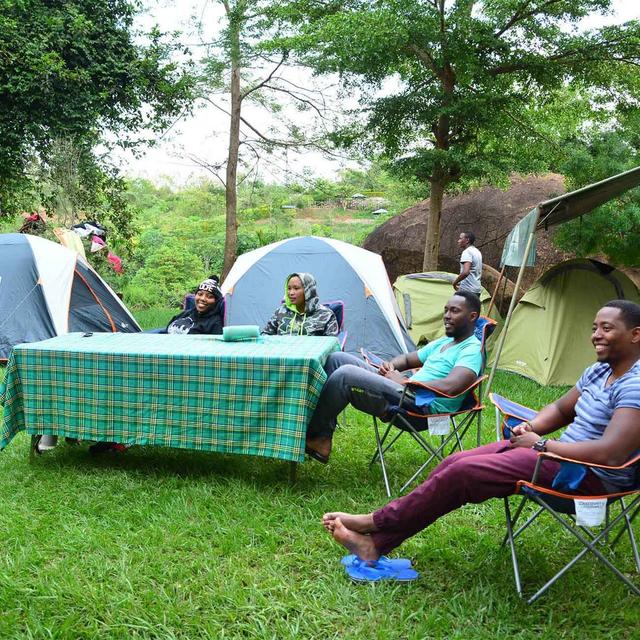
Requirements for Visa
Documents to be submitted for your application
- Completed Visa Application Form: Available online through the eVisa portal or at the Kenyan embassy.
- Valid Passport: Must be valid for at least 6 months beyond your planned departure from Kenya with at least one blank page.
- Passport-sized Photograph: A recent passport photo, typically 2x2 inches.
- Travel Itinerary: Proof of your flight reservation showing entry and exit dates from Kenya.
- Accommodation Details: Hotel reservations or an invitation letter from a host in Kenya.
- Proof of Financial Means: Bank statements or other proof that you can financially support your stay.
- Visa Fee Payment Receipt: A receipt for the visa fee, if applying online or at the embassy.
- Yellow Fever Vaccination Certificate: Required if you're coming from a yellow fever-risk country.
At the time of visa issuance, please provide the following documents
- Valid Passport
- Completed Visa Application Form
- Passport-sized Photograph
- Visa Fee Payment
- Travel Itinerary
- Accommodation Details
- Yellow Fever Vaccination Certificate
Useful links
- eVisa Portal: https://www.evisa.go.ke
- Kenya Embassy/Consulate Websites
- Kenya Department of Immigration Services: https://www.immigration.go.ke
- Yellow Fever Vaccination Centers
- Kenya Airways: https://www.kenya-airways.com
Economy of Kenya
Agriculture, forestry, and fishing
Agriculture, forestry, and fishing are primary industries focused on the production of food, raw materials, and other natural resources. These sectors involve cultivating crops, raising animals, managing forests, and harvesting aquatic resources. The activities within these sectors are vital for food security, livelihoods, and economic development, but they also present unique challenges related to sustainability and environmental impact. Agriculture: This sector encompasses crop production and animal husbandry. It involves cultivating land for growing crops (like grains, fruits, vegetables) and raising animals for food (like beef, poultry, dairy) and other products (like wool, eggs).
Forestry: This sector focuses on the management and harvesting of forests. It includes activities like planting trees, maintaining forests, and extracting timber and other forest products. Fishing: This sector involves harvesting aquatic resources, including both wild fisheries and aquaculture (fish farming).
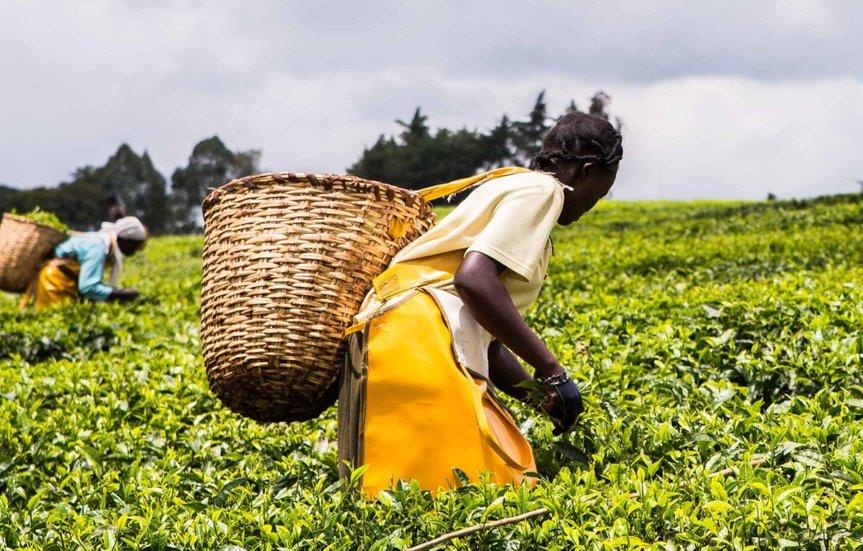
Resources and power
Kenya possesses a diverse range of natural resources and a growing energy sector, with a strong emphasis on renewable energy sources. Key resources include geothermal, hydropower, wind, and solar power, which contribute significantly to the country's electricity generation. Additionally, Kenya has mineral resources like soda ash, limestone, and gemstones, as well as potential for oil and gas. Kenya is a geothermal powerhouse, with geothermal energy accounting for approximately 47% of the country's electricity generation. The country has significant geothermal resources, estimated between 7,000 to 10,000 megawatts, with current extraction at 889 MW. Kenya's geothermal development is largely concentrated in the Rift Valley region, where the earth's crust is relatively thin, making it cost-effective to harness geothermal energy.
Manufacturing
Kenya's manufacturing sector is a cornerstone of its economy, contributing significantly to GDP and exports while also creating numerous jobs. While facing challenges such as high production costs and infrastructure limitations, the sector holds substantial potential for growth and diversification, particularly through initiatives like Special Economic Zones, industrial parks, and promoting local production.

Finance
Kenya's financial sector is well-developed and diversified, playing a vital role in the country's economy and regional influence. It's characterized by a mix of traditional banking, innovative fintech solutions, and a growing emphasis on sustainable finance. Kenya is also a leader in financial inclusion, particularly with the success of mobile money services like M-Pesa. Kenya has a robust banking sector with numerous commercial banks, both public and private, along with a central bank (Central Bank of Kenya) that regulates and supervises the financial system. The sector is well-capitalized and profitable, with capital adequacy and liquidity ratios exceeding recommended thresholds.
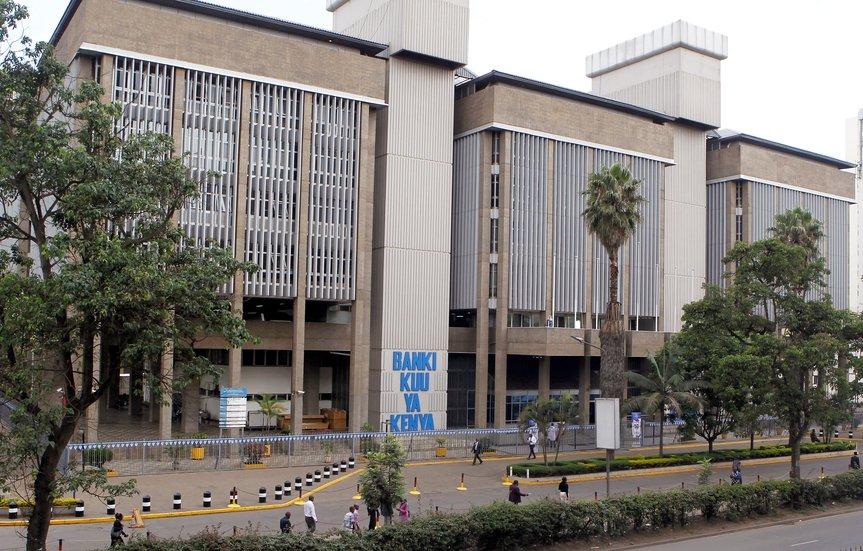
Trade
Kenya's trade landscape is characterized by its role as a net exporter within the East African Community (EAC) and a significant player in global markets. Key exports include agricultural products like tea, coffee, and horticultural items, as well as manufactured goods. Imports consist mainly of machinery, transport equipment, and petroleum products. Kenya's trade sector is vital to its economy, with a focus on agricultural exports and imports of essential goods like machinery and fuel. The government is actively working to improve trade infrastructure and facilitate both domestic and international trade
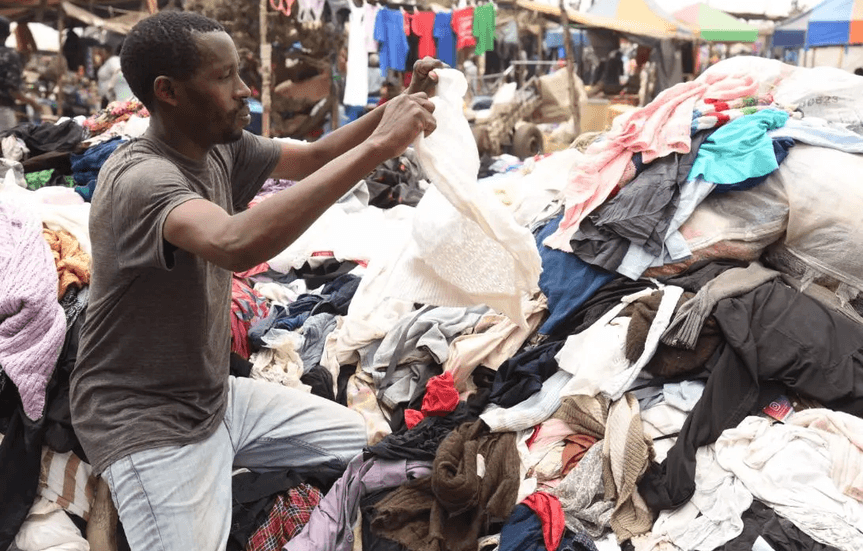
Labour and taxation
Kenya's labour and taxation systems are governed by various laws and regulations that aim to manage the workforce, protect workers’ rights, and generate revenue for the government. Kenya’s labour laws are designed to safeguard the rights of employees while also balancing the interests of employers. Kenya's tax system is managed by the Kenya Revenue Authority (KRA), which is responsible for the collection of taxes. The key taxes in Kenya include income tax, corporate tax, VAT, and excise duties.

Transportation and telecommunications
Kenya's transportation and telecommunications sectors are vital components of its economy, with significant investments in infrastructure development. The country is a regional hub for both, with a focus on modernization and digital integration.
